Snakes
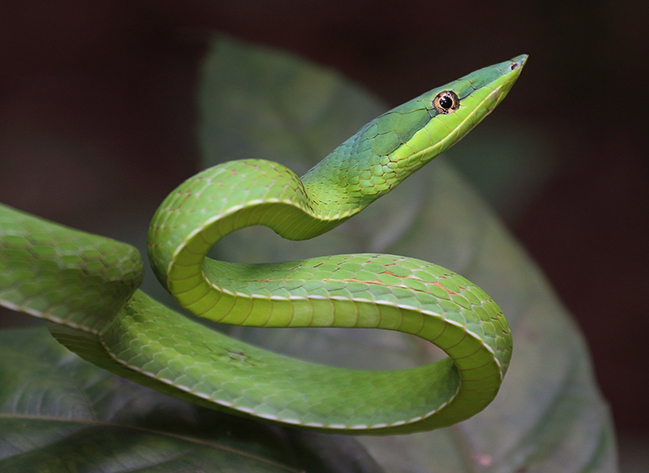
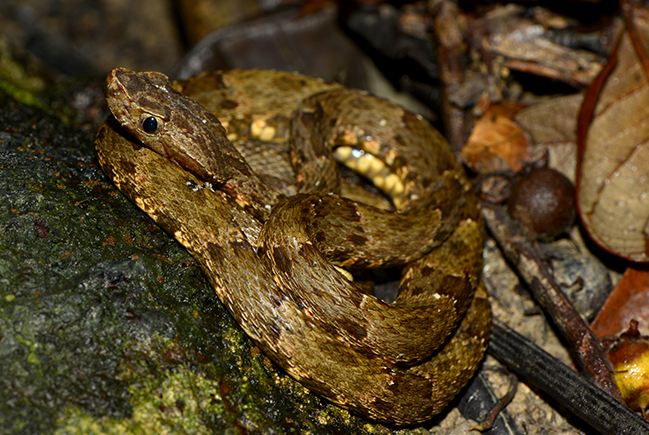
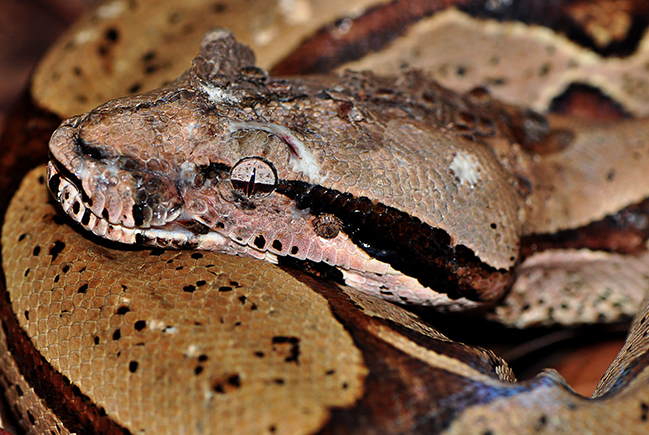
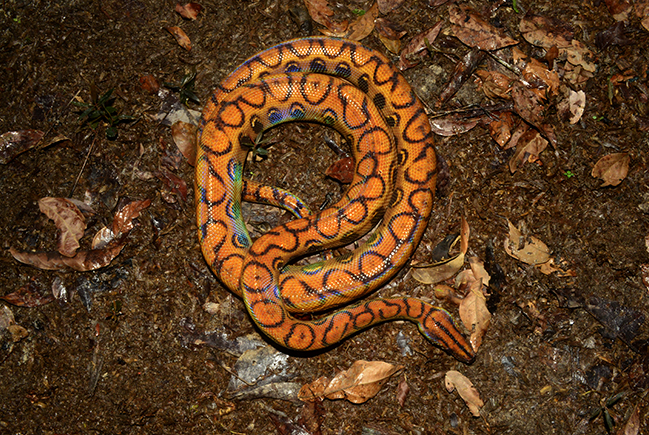
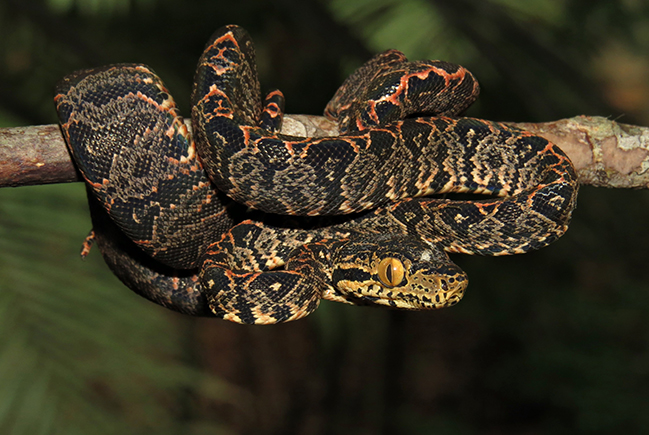
The snake vivarium presently houses two venomous snake species – the common lancehead (Bothrops atrox) and the Mt. Roraima rattle snake (Crotalus durissus ruruima) – and five non-venomous ones – the green anaconda (Eunectes murinus), the common tree boa (Corallus hortulanus),
the red-tailed boa (Boa constrictor), the rainbow boa (Epicrates cenchria),
and the green vine snake (Oxybelius fulgidus).
These animals have been divided between two external enclosures and a lab with a terrarium. The green anaconda and the bigger boas live in the external enclosures, which ensure both the needed security and the well-being of the animals. The smaller animals live in terrariums that have been especially developed to achieve better ventilation and greater security for caretakers, researchers, and visitors.
We try to show visitors how to distinguish venomous snakes from their non-venomous counterparts and how to record their feeding and reproductive habits. Their periodical shedding process, the peculiarities of their dentition, their locomotion patterns, and their sensitive perceptive systems are quite striking.
The snake vivarium was built in 2015 as a result of a partnership between the Museum of the Amazon (Musa) and the Fundação de Medicina Tropical Doutor Heitor Vieira Dourado [Doctor Heitor Vieira Dourado Tropical Medicine Foundation – FMT-HVD), which has had an ophidism center since 1984. The main purposes of the Musa vivarium are education, biotechnological research, and scientific dissemination.
